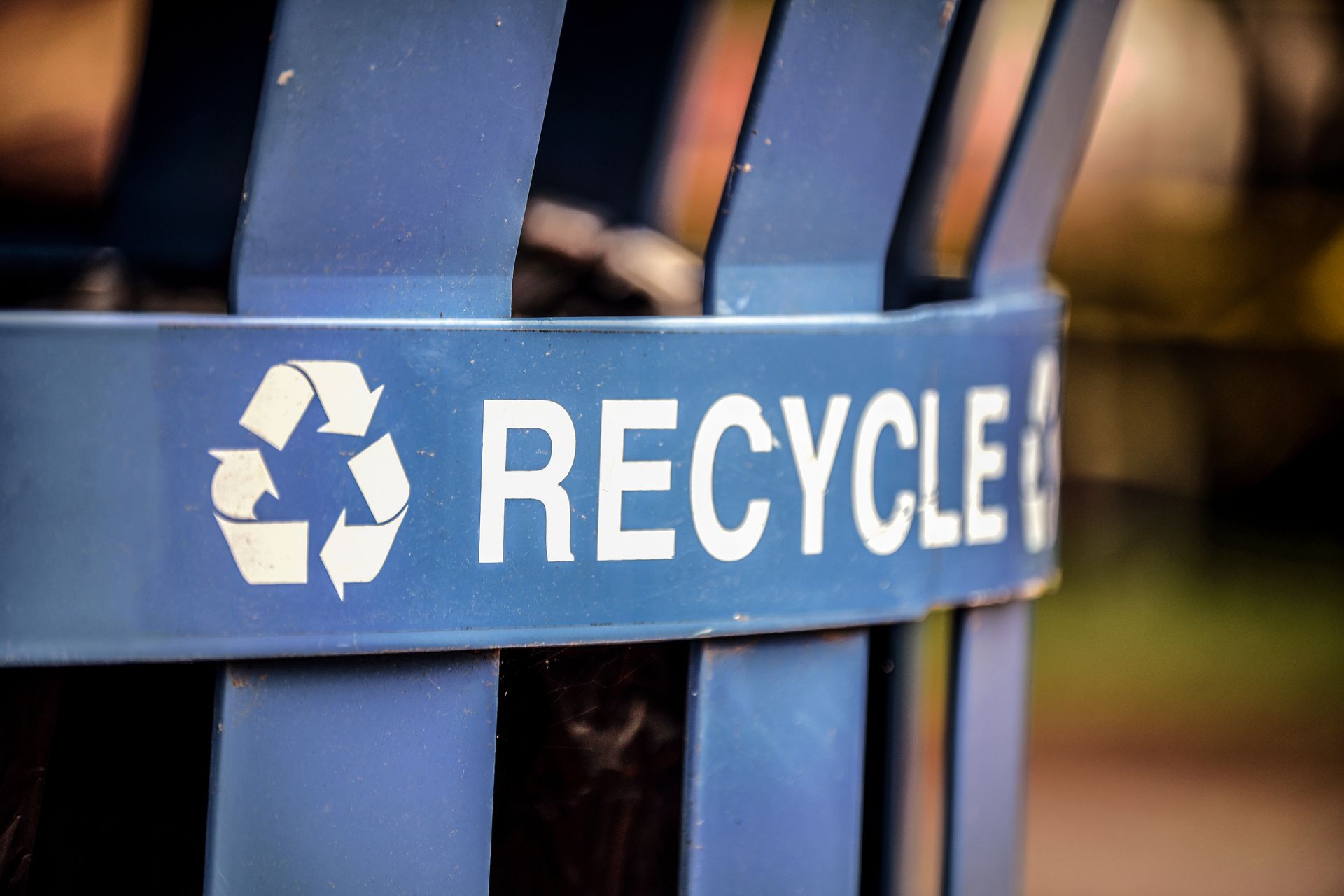The End of Poor Data: Why Waste and Recycling Needs Better Data Now
The waste and recycling industry has a major problem with poor data. Yet everyday, the need for better data increases. What's driving this need?
Poor data is costing organizations in the waste and recycling industry – both in the short- and long-term, loss in both revenue and opportunity. It is the reason organizations are failing to meet their goals, effective strategies cannot be developed, and ESG initiatives stall before they can start.

The tools that the industry most often use to deal with data tend to result in more confusion, not less, as they neither integrate with each other nor provide the insightful, easy-to-understand analysis necessary to be helpful.
Unless you are using a data management tool that was purpose-built for waste and recycling programs, it is highly likely that poor data is costing you and your organization right now.
Understanding the problem
Do these paper forms look familiar to you?
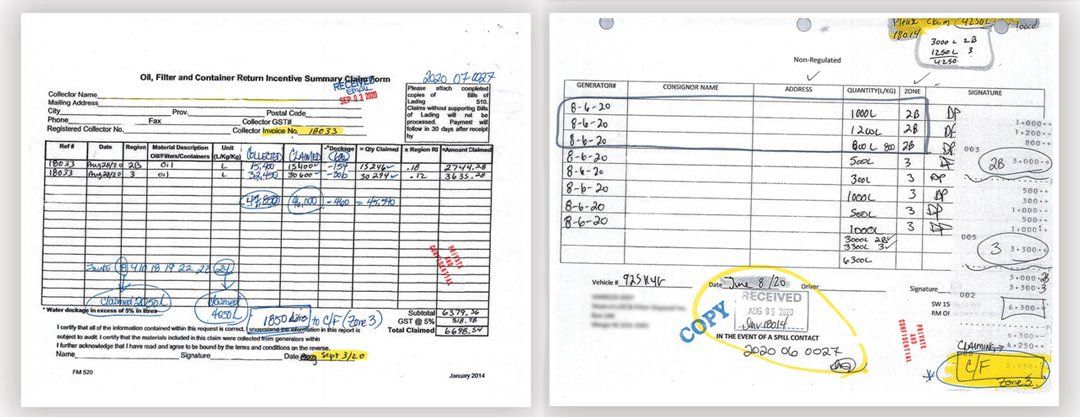
This is how many organizations in the industry run their programs. It seems simple: Once a participant (e.g., a hauler, collector, generator, etc.) completes their step in the recycling process, they fill out a form like this to record their work. These forms are then mailed or faxed into the managing organization, who manually enter the information into a data management tool (like Microsoft Excel or Access).
This type of data capture is slow, manual, error-prone, not real-time, and not centralized. It is also susceptible to fraud and security breaches. The results are unsurprising: data entry errors, missing or illegible forms, delays, and time wasted trying to manually extract performance analysis from the data. At the end of the day, the data that organizations garner from this method is not reliable for decision-making, performance tracking, or reporting.
Some organizations opt instead for building custom software, either by commissioning a software solution through a custom software developer or working with their IT department to develop the solution in-house. The appeal of this option is: if the software is built specifically for your organization, how could it fail to do what you need it to? But these solutions are both expensive and inflexible; and as reporting and other requirements change, the software cannot adapt quickly enough.
For instance, many organizations have always had to report on how much material (by weight or volume) they have diverted from landfill. But for many, it has become mandatory to also report on the greenhouse gas (GHG) emission reduction they are achieving. It is not easy, fast, or inexpensive for organizations with existing, custom-built software to add a feature to their solution to track this.
With such heavy reliance on paper forms, error-prone processes, and inflexible solutions, how are we ever to get to a circular economy – let alone meet performance goals, hit GHG reduction targets, or start effective ESG initiatives?
A Growing Impetus for Change
Fortunately, the lifecycle for such a paper-reliant and other antiquated systems is limited, and it is reaching its end.
Changes are coming that are demanding more clarity and visibility from the industry, necessitating adaptive processes that both promote and take advantage of better data. There are three rapidly changing areas that are prompting the industry towards a better data trend. These are: extended producer responsibility (EPR) and legislative changes, human resources changes, and technology changes. In the next sections, we will explore each of these in detail.
Legislative Changes
While EPR legislation is swiftly being adopted all over the world, there are many waste and recycling organizations in industries that remain unregulated.
Despite this, all organizations are striving to achieve circular economy goals for the materials with which they work. Legislation, inadvertently and eventually, affects us all.
Canada, for example, already has EPR systems in place for certain products such as batteries, electronics, beverage containers, paint, and recently, paper and packaging.

The European Union, as another example, is the most advanced in EPR implementation and has legislation in place for packaging and goods such as electronics, batteries, and cars. In recent years, the EU has pushed for eco-modulation to tie manufacturer costs for EPR programs to recyclability or the recycled content in packaging; the aim is to achieve the EU’s goal of making 70% of packaging recyclable by 2030. In the United States, there are many upcoming bills, again mostly focused on packaging, with some advancement also in carpet, textiles, and mattresses.(1)
Yet, we live in a global economy. Many in the industry are required to prepare for a variety of compliance reporting and related data requirements, because they work across jurisdictional boundaries (or in multiple jurisdictions). They must be aware of, prepare for, and respond to the diversity in these regulations. Additionally, fraud continues to be an issue. For instance, new plastic recycling targets, while helping to drive a lucrative, $50 billion market for used plastic, have also spurred unscrupulous operators to cash in on an industry that is difficult to police.(2) Fraud is a particular area where lack of high-quality data is already costing those in the industry.
To overcome both of these challenges – the requirement to report in a variety of ways and fraud prevention – the industry needs significant improvements in data reliability.
“Many recycling targets were impossible to verify given the poor visibility into whether waste was in fact recycled.”
– Interpol 2020 report(3)
Human Resource Changes
In addition to legislative changes, the requirement for better data is being spurred by new human resource trends. Two of these changes are particularly key: data as a central tenet of your organization, and relatedly, employee retention.
You may be familiar with the people-process-technology framework for understanding how effective organizations operate at the intersection of all three. However, this framework has undergone seismic transformation with the introduction of data.

Data literacy is now at the intersection of all components of people-processes-technology, fundamentally changing the manner in which we work. Data literacy is defined as the ability to read, write, and communicate data in context and leveraging that data towards achieving business outcomes. At the intersection of both people and technology is a massive demand for jobs in data science or analytics. This field, which was once relegated just to the world of IT, has grown considerably, as industries increasingly see the value in data and data literacy.
Despite this growing demand for data-related jobs, the COVID-related trend of unprecedented employee turnover continues. With factors such as the move to working from home, life re-evaluation, early retirement, government incentives, and employee treatment during the pandemic, it is evident that the workforce has irrevocably changed. A particularly striking statistic that resulted from this trend is: the average cost of employee turnover is 1.5-2 times their salary(4)- and is especially impactful in smaller companies with “departments of one.” As a result of this trend of high turnover, relying on employee institutional knowledge and manual processes will become extremely problematic - especially for smaller organizations where the impact of turnover can be much is bigger than 1.5 times a single salary. In fact, the over-reliance on manual processes is costing us significantly already.
Data literacy is becoming increasingly important; effective organizations are only going to need more data literacy amongst staff to operate well. As well, digitizing is crucial to achieving higher quality data and futureproofing against coming HR trends that could cost waste and recycling organizations, many of which are already chronically underfunded.
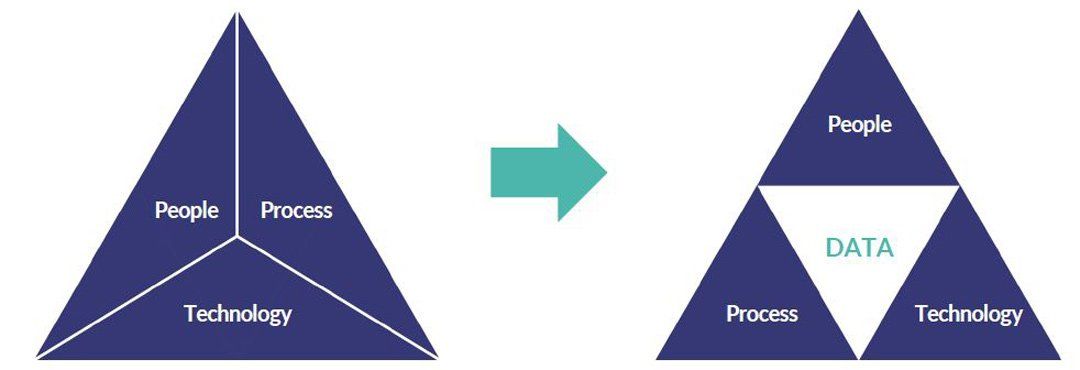
Technology Changes
In addition to legislation changes and HR trends, there are significant technological changes that are driving the need for better data – and that are exposing the way current data frameworks are costing us significantly. These changes include increased investment in technology, digital transformation, and the growing exposure about the limitations posed by digital resistance.
A recent Gartner survey found that investors are planning to increase investment in several technology areas, the top five of which will have a particularly strong impact on the waste and recycling industry: cyber/information security, business intelligence/data analytics, could services/solutions, process automation, and customer/user experience. (5)

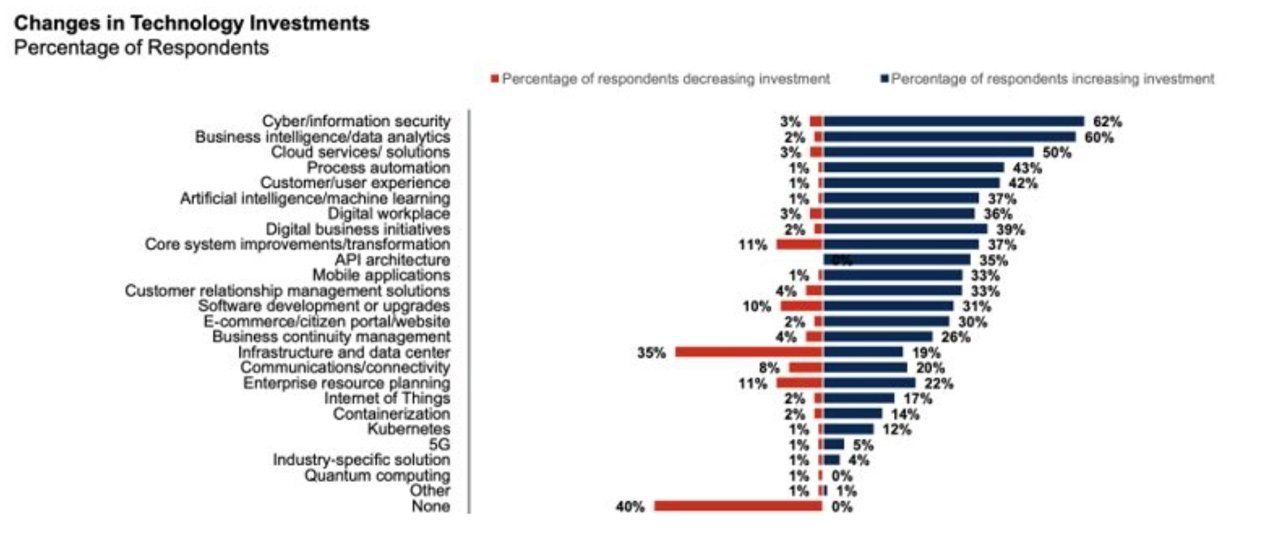

The middle three of these top five investment areas all directly impact a waste or recycling organization’s people-processes-technology when delivering on EPR, legislative, or circular economy obligations, while the first and last point indirectly impact the same.
- Business intelligence – data, data management, and data literacy are becoming increasingly important to investors, who understand the direct impact these have on the success of organizations and whole industries.
- Cloud services – Investors understand that cloud services are the wave of the future, providing ease of access to data and unleashing previously-inhibited organizational growth. This means digitized, rather than paper-based, processes are increasingly becoming the standard.
- Process automation – As with the previous point, cumbersome, error-prone manual processes that cannot scale are on the way out; digitized processes are becoming the norm.
During COVID, digital and cloud transformation accelerated, impacting people-processes-technology more than ever. Digitizing is in no way limited to technology companies; it has become the standard and the norm across industries and geographies, in the private and public sector.
The ubiquity of digitization has only exposed those who are lagging behind as “digitally resistant.” The perceived costs or inconvenience of digitizing manual processes are no longer considered valid excuses to continuing resisting the digital. In fact, resistance to the digital directly translates into resistance to data. In the next section, we delve into the direct cost of poor data, how to understand data quality, and how it is typically lost in the waste and recycling management industry. Then, we explore the different ways organizations leverage data (or resist it) and to what effect.
Ask Yourself
- Do you know of EPR or legislative changes that are coming your way? How will these impact your organization, your day-to-day work, and your long-term strategy?
- How much does your organization rely on employees’ institutional knowledge? Are there processes in place to quickly onboard new employees if turnover becomes an issue?
- How would you rate the data literacy of your organization? Is it limited to one or two individuals, or is your entire team data literate?
- Does your data drive your business or operational decisions right now?
- Does your organization explore technological trends?
- Are your recycling and waste management processes digitized? Or are you overly reliant on paper forms or outdated software?
Next Steps...
Enjoying this blog? Keep reading each week for more information on poor data in the industry and how your organization can benefit from a mature data strategy (and how to get one)!
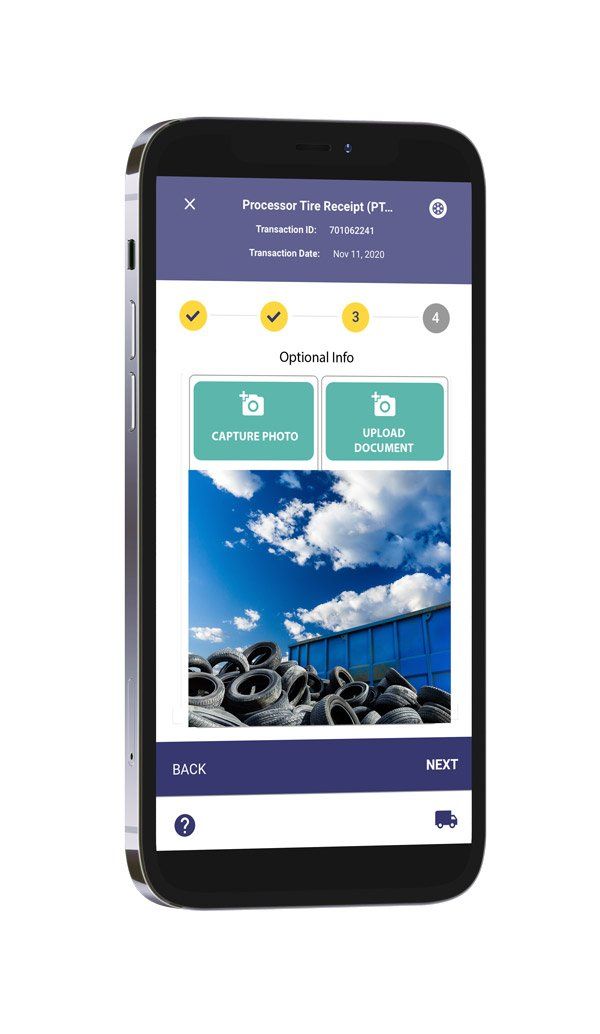
About Diversys
Diversys is proud to have its roots in Ontario, Canada - a province widely recognized for its leadership in EPR and sustainability. Since 2019, we've been dedicated to creating innovative software solutions that drive progress toward a world without waste.
Our story is a testament to the power of hard work, customer loyalty, and big ideas. We are committed to empowering organizations with the waste recycling software solutions necessary for achieving a sustainable future. Our cutting-edge software platform is helping organizations achieve their ESG goals, meet reporting obligations, and improve operational efficiency for their recycling programs.
Our commitment to delivering world-class solutions that drive meaningful progress towards waste reduction and a more sustainable future is unwavering. Our team of industry experts is ready to help you navigate the rapidly-evolving waste management landscape as we progress toward a circular economy.


